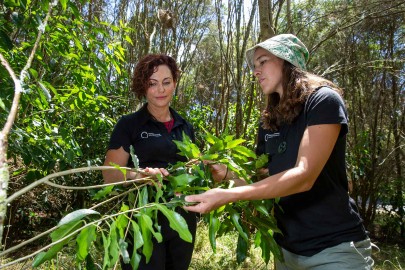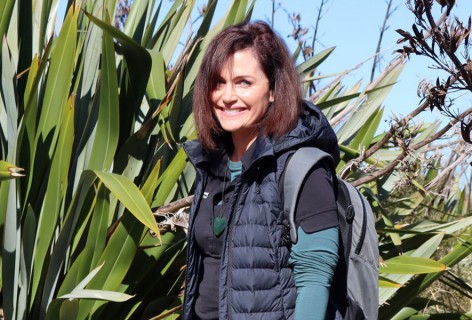
Manaaki Whenua Kaihautū Māori Dr Nikki Harcourt and Kairangahau Māori Jade Hyslop
Choices about how to use land are critical to managing water quality in Aotearoa-New Zealand. Both Māori and non-Māori communities are needing decision-making frameworks that enable their values and priorities to inform these choices. However, researchers say few of the available frameworks meet the needs of Māori communities and constructing decision-making frameworks that are truly useful for both Māori and non-Māori land stewards is challenging because of the differences in their relationships with te whenua (land), te wai (the water), and te taiao (the environment).
In the study, researchers utilised a modified version of Cash et al.’s Credibility, Salience, and Legitimacy framework to evaluate a range of land-use decision-making frameworks. This was to help non-indigenous researchers understand the required development processes and design features if a framework aimed at a broad audience is to have genuine relevance and utility for indigenous users. Following the assessment, researchers found it is critically important that any decision support tools are designed to embrace Māori values if they are to be truly useful to Māori and elicit the information required to achieve their aspirations for managing their whenua.
Researchers conclude it is essential to co-develop frameworks in genuine partnership with Māori and believe taking a true co-development approach and operating at the research interface where indigenous and non-indigenous research partners share knowledge and perspectives will produce more relevant and useful outputs that are transformational for land-use decisions.
